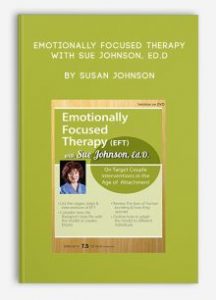 Emotionally Focused Therapy with Sue Johnson, Ed.D. by Susan Johnson
Emotionally Focused Therapy with Sue Johnson, Ed.D. by Susan Johnson
**More information:
Sale Page
Archive Page
Get Emotionally Focused Therapy with Sue Johnson, Ed.D. by Susan Johnson at
Description
Do you dread your couples therapy sessions?
Do you struggle with how to stem your distressed clients’ anger and hostility?
Do you get tired of their emotional reactivity and lack of empathy?
Primary developer of Emotionally Focused Couples Therapy (EFT) and best-selling author of, Hold Me Tight: Seven Conversations for a Lifetime of Love, Dr. Sue Johnson, shows you how the EFT method illustrates the new science of love and bonding. Emotionally focused therapy (EFT) harnesses the new science of love and relationships into a structured, on-target, effective roadmap we can follow to take couples from disaster to safety and emotional connection. Not only will Dr. Johnson show you how EFT can heal relationships, but also how EFT can create relationships that heal.
Finally, we know why relationships matter so much, what goes wrong with them, and what’s necessary for people to create secure, lasting bonds.
But you might be saying, “Sure, you can show me the studies proving that EFT works, BUT can you show me how to do it?”
The answer is…YES!
You will leave with your own blueprint for EFT that allows you, the therapist to be on target – to go to the heart of the matter and shape new interactions that redefine the security of the bond between partners and create an environment of healing and growth.
The State of Couple Therapy and the New Science of Attachment
- The map to basic relationship emotions and needs
- Understanding and containing distance and distress
- Shaping responsive bonding
- Understanding love relationships – invaluable to the therapist
Emotionally Focused Therapy (EFT) – the Structure, Moves and Interventions
- The three stages of EFT
- De-escalation
- Restructuring Attachment
- Consolidation
- Key change events
Experiential and Systemic Interventions
- Reflection of emotional process
- Validation
- Evocative process questions
- Deepening and distilling emotion
- Interpretation – conjecture
- Reflecting interactions – feedback loops
- Reframing
- Shaping enactments
- Containing enactments that go awry
The Tasks of EFT – Outline, Video Viewing, and Exercises
- The core tasks of EFT
- Building an alliance
- Reprocessing and distilling emotion
- Choreographing new interactions
Dealing with Difficult and Attachment Injured Clients – Discussion and Exercises
- Dysregulated, escalated, and shut down, dismissing clients
- Attachment injuries (i.e. affairs) – Relationship traumas that destroy trust
- A model for forgiveness and reconciliation
Discussion of the New Era of Couple Therapy
- Growing into and applying the EFT model
- Gaining confidence in EFT – Maximize effectiveness in your practice
- Key changes and challenges in the field of couple therapy
More information about Medical:
Medicine is the science and practice of establishing the diagnosis, prognosis, treatment, and prevention of disease.
Medicine encompasses a variety of health care practices evolved to maintain and restore health by the prevention and treatment of illness.
Contemporary medicine applies biomedical sciences, biomedical research, genetics, and medical technology to diagnose, treat, and prevent injury and disease,
typically through pharmaceuticals or surgery, but also through therapies as diverse as psychotherapy, external splints and traction, medical devices, biologics, and ionizing radiation, amongst others.
Medicine has been around for thousands of years, during most of which it was an art (an area of skill and knowledge) frequently having connections to the religious and
philosophical beliefs of local culture. For example, a medicine man would apply herbs and say prayers for healing, or an ancient philosopher and physician would apply bloodletting according to the theories of humorism.
In recent centuries, since the advent of modern science, most medicine has become a combination of art and science (both basic and applied, under the umbrella of medical science).
While stitching technique for sutures is an art learned through practice, the knowledge of what happens at the cellular and molecular level in the tissues being stitched arises through science.


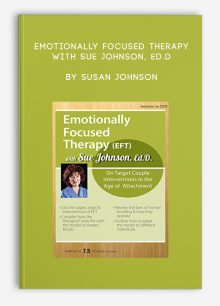



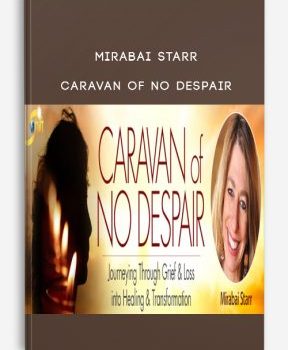
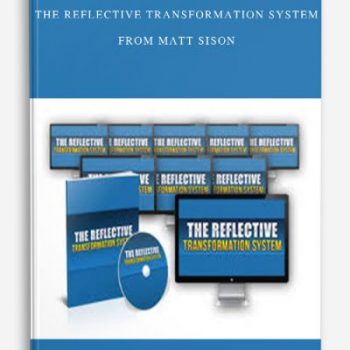
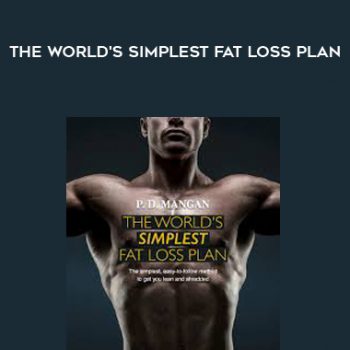

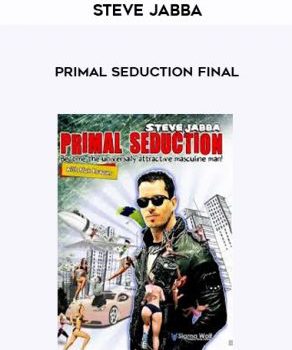
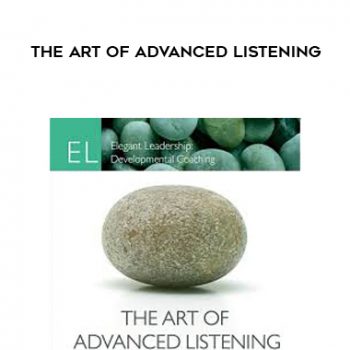

Reviews
There are no reviews yet.